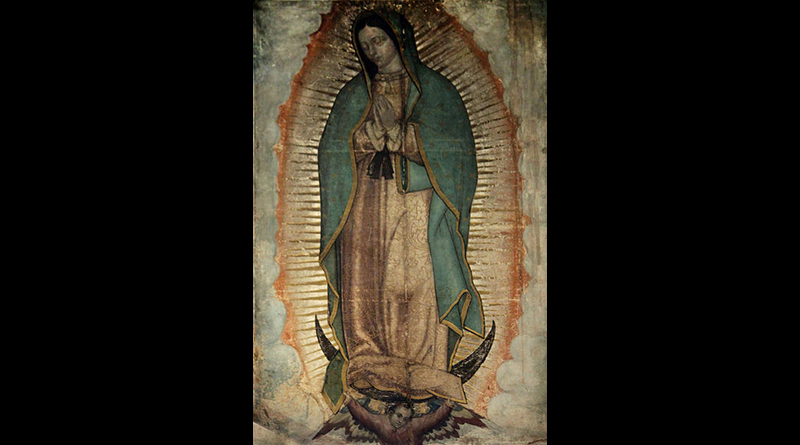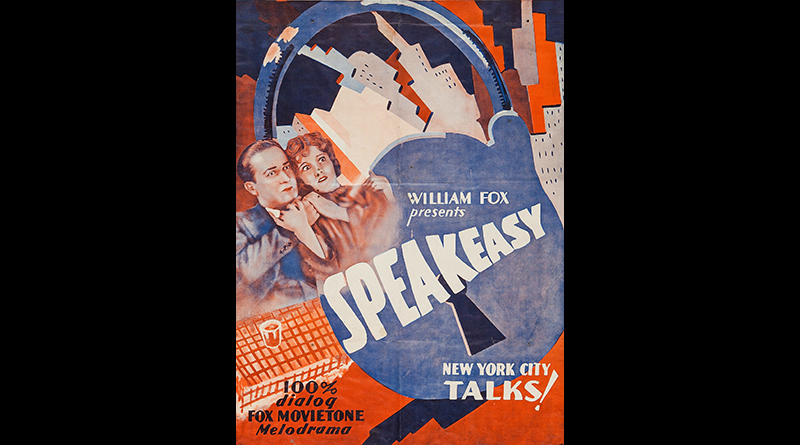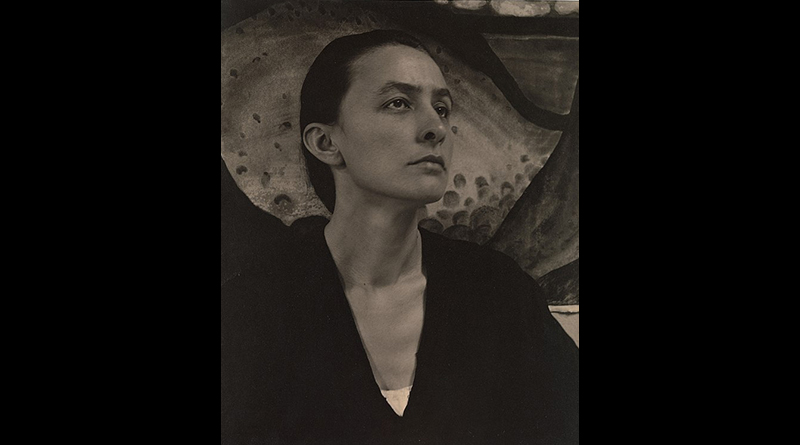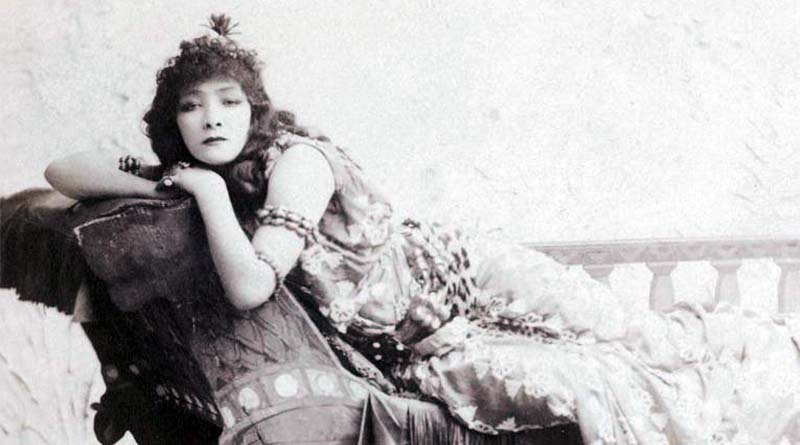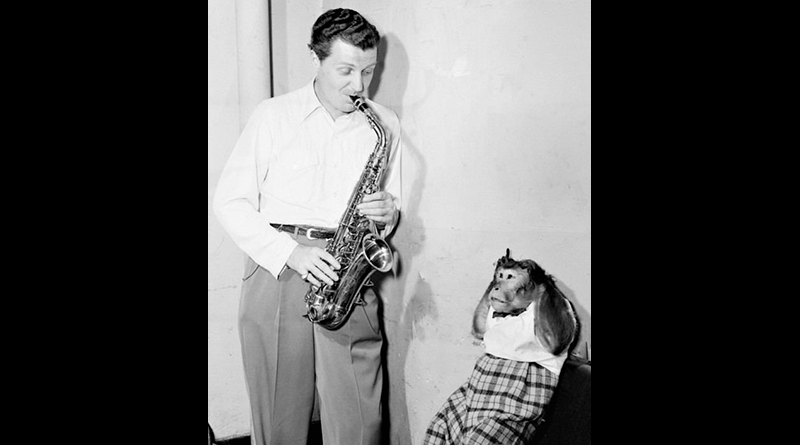An incident occurring at daybreak, on Saturday, December 9, 1531, in Mexico, [represents] the culmination of all the superstitions we have discussed. Of tremendous sociological and psychological impact, it has left physical traces that can still be seen — and, indeed, are still an object of much devotion — today.
On that long-ago morning, a fifty-seven-year-old Aztec Indian whose Nahuatl name was Singing Eagle and whose Spanish name was Juan Diego was going to the church of Tlaltclolco, near Mexico City. Suddenly he froze in his tracks as he heard a concert of singing birds, sharp and sweet. The air was bitterly cold: no bird in its right mind would sing at such hour, and yet the harmonious music went on, stopping abruptly. Then someone with a woman’s voice called Juan Diego’s name. The voice was coming from the top of the hill, which was hidden in “a frosty mist, a brightening cloud.” And when he climbed the hill, he saw her.
The sun wasn’t above the horizon, yet Juan saw her as if against the sun because of the golden beams that rayed her person from head to feet. She was a young Mexican girl about fourteen years old and wonderfully beautiful.
So far, we have a perfect beginning for a standard fairy apparition. But in the ensuing dialogue, Juan Diego was told that the girl was Mary, and that she desired a temple at that particular place: “So run now to Tenochtitlan [Mexico City] and tell the Lord Bishop all that you have seen and heard.”
This was easier to say than to accomplish. Poor Indians were not in the habit of going to the Spanish section of the city, and even less to the bishop’s palace. Bravely, however, Juan ran down the mountain and begged Don Fray Juan de Zumarraga to hear his story. Naturally, the bishop, although he was kind to the Indian, did not believe a word of his tale, so Juan went back through the mountains and met the lady a second time. He advised her to send the bishop a more suitable messenger, and he was quite frank about it.
“Listen, little son,” was the answer. “There are many I could send. But you are the one I have chosen for this task. So, tomorrow morning, go back to the Bishop. Tell him it is the Virgin Mary who sends you, and repeat to him my great desire for a church in this place.”
The next morning, Juan Diego returned to Mexico City and met again with the patient bishop. Juan Diego was so adamant and seemed so honest in telling his story that Fray Juan de Zumarraga was shaken. He told Juan to ask the apparition for a tangible sign, and he instructed two servants to follow the Indian and watch his actions. They tracked him through the city, observed that he spoke to no one, saw him climb the hills…. and then he vanished. They searched the area without finding a trace of him! The perfect fairy tale. But Juan had gone to the hill.
He gave the apparition the bishop’s answer, and she said:
“Very well, little son. Come back tomorrow at daybreak. I will give you a sign for him. You have taken much trouble on my account, and I shall reward you for it. Go in peace, and rest.”
The next morning, Juan did not come. His uncle — his only relative — was dying. Juan spent the day trying to relieve his sufferings and left him only on Tuesday, to get a priest. As he was running to Tlatelolco, however, the apparition again barred his way. Embarrassed, he told her why he had not followed her instructions, and she said:
“My little son, do not be distressed and afraid. Am I not here who am your Mother? Are you not under my shadow and protection? Your uncle will not die at this time. This very moment his health is restored. There is no reason now for the errand you set out on, and you can peacefully attend to mine. Go up to the top of the hill; cut the flowers that are growing there and bring them to me.”
There were no flowers on the top of the hill, as Juan Diego knew very well. In the middle of December, there could be no flower there, and yet upon reaching the place, he found Castilian roses, “their petals wet with dew.” He cut them and, using his long Indian cape — his tilma — to protect them from the bitter cold, carried them back to the apparition. She arranged the flowers he had dropped in the wrap, then tied the lower corners of the tilma behind his neck so that none of the roses would fall. She advised him not to let anybody but the bishop see the sign she had given him and then disappeared. Juan Diego never met her again.
At the bishop’s palace several servants made fun of the Indian visionary. They “pushed him around” and tried to snatch the flowers. But when they observed how the roses seemed to dissolve when they reached for them, they were astonished and let him go. Juan was taken once more to the bishop.
Juan Diego put up both hands and untied the comers of crude cloth behind his neck. The looped-up fold of the tilma fell; the flowers he thought were the precious sign tumbled out and lay in an untidy heap on the floor. Alas for the Virgin’s careful arrangement!
But Juan’s confusion over this mishap was nothing to what he felt immediately after it. Inside of seconds the Bishop had risen from his chair and was kneeling at Juan’s feet, and inside of a minute all the other persons in the room had surged forward and were also kneeling.
The bishop was kneeling before Juan’s tilma, and, as Ethel Cook Eliot remarks, “millions of people have knelt before it since,” for it has been placed over the high altar in the basilica of Our Lady of Guadalupe, in Mexico City. The tilma consists of two pieces, woven of maguey fibers and sewn together and measuring sixty-six by forty-one inches. On this coarse material, whose color is that of unbleached linen, a lovely figure can be seen, fifty-six inches tall.
Surrounded by golden rays, it emerges as from a shell of light, clear-cut and lovely in every detail of line and color. The head is bent slightly and very gracefully to the right, just avoiding the long seam. The eyes look downward, but the pupils are visible. This gives an unearthly impression of lovingness and lovableness. The mantle that covers the head and falls to the feet is greenish blue with a border of purest gold, and scattered through with golden stars. The tunic is rose-colored, patterned with a lace-like design of golden flowers. Below is a crescent moon, and beneath it appear the head and arms of a cherub.
In the six years that followed the incident, over eight million Indians were baptized. In recent times, some fifteen hundred persons kneel before Juan Diego’s tilma (still intact with the image’s radiant colors) every day.
Juan’s uncle was cured. As he was awaiting the priest, too weak even to drink the medicine his nephew had prepared, he saw his room suddenly filled with soft light. A luminous figure, that of a young woman, appeared near him. She told him he would get well and informed him of Juan Diego’s mission. She also said, “Call me and call my image Santa Maria de Guadalupe” — or so the message was understood.
But was this the intended meaning? Following the research of Helen Behrens, Ethel Cook Eliot suggests that the Indian word used by the apparition was Tetlcoatlaxopeuh, which could be transcribed phonetically as Deguatlashupee. To Spanish ears, this would naturally sound like “De Guadalupe”. But the apparition spoke the same Indian dialect as Juan Diego and his uncle — she even looked like “a young Indian girl” — and she had no reason to use the Spanish term ascribed to her. Tetlcoatlaxopeuh means “Stone Serpent Trodden on”. Helen Behrens assumes that the apparition was thus announcing that she had supplanted Quetzalcoatl, whom the Indians had idolized as a feathered serpent.
This impressive story contains a magnificent symbolism. Not only does it bring us back, through the stone serpent, to the Maya monuments we discussed at the beginning of this book, but it also reminds us, in several important aspects, of the many tales of fairies we have reviewed: the mysterious, sweet music announcing that the fairy draws near; the flowers (roses once again) that grow in an impossible place; and the sign given to the human messenger, which changes nature as he goes away, like the coals given to human midwives by the gnomes that changed to gold; the numerous similar symbols found in countless tales*; and finally, the cosmic symbolism, the crescent moon under the Virgin’s feet, as in the lines of Revelation:
And there appeared a great sign in heaven; a woman clothed with the sun, and the moon was under her feet, and upon her head a crown of twelve stars.
* Indeed, we cannot help but recall here the words of Hartland in his Science of Fairy Tales: “This gift of an object apparently worthless, which turns out, on the conditions being observed, of the utmost value, is a commonplace of fairy transactions. It is one of the most obvious manifestations of superhuman power.”
— Jacques Vallée, from his book Passport to Magonia: On UFOs, Folklore, and Parallel Worlds (read for free)

